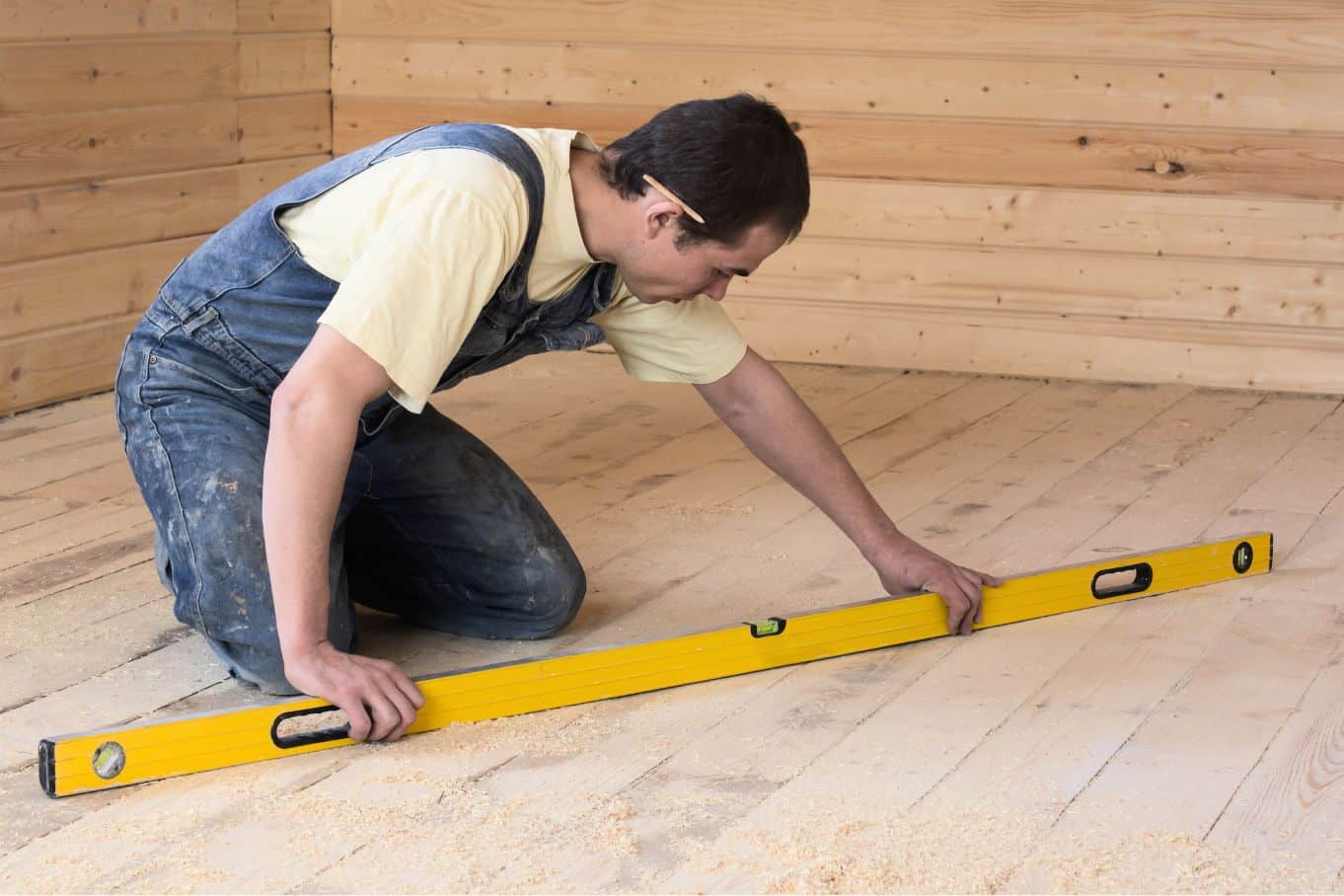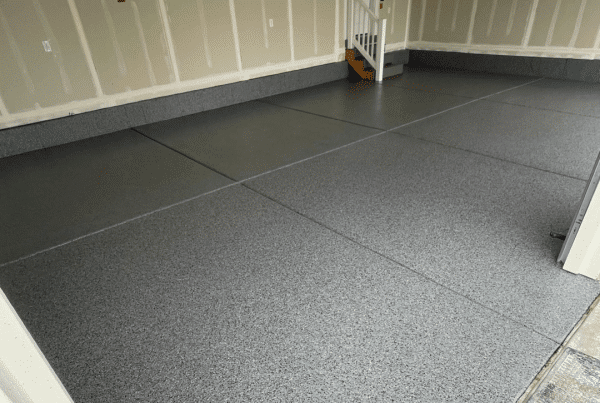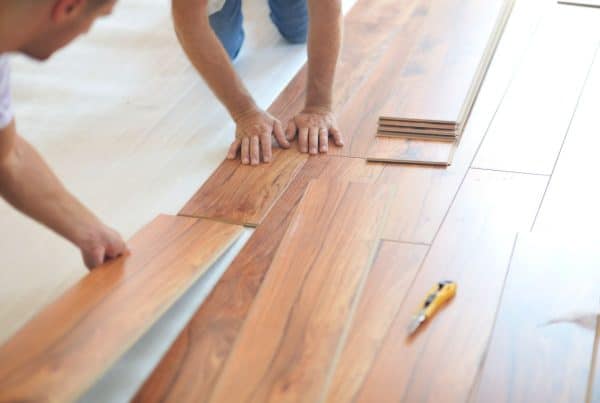Floors that aren’t level are uncomfortable to walk on and can create a tripping hazard. Additionally, sagging floors often indicate a serious structural problem. Explore the top three causes of uneven and sagging floors and how contractors can address each issue.
Foundation Problems
Bumpy flooring is one of the early signs of foundation settlement, which is the gradual sinking caused by soil compaction or changes in the soil’s moisture levels. When a foundation settles, it doesn’t sink evenly and may cause sagging floors or cracks in your home’s walls and ceilings.
How To Fix a Settled Foundation
A foundation specialist can assess the damage and recommend repairs, including foam jacking, slab leveling, pressed piling, or adding piers. If you suspect your foundation is shifting, call right away to prevent the problem from worsening.
Water Damage
Another top cause of uneven and sagging floors is water damage. Moisture intrusion can weaken structural components and compromise your home’s framework. Water damage can cause wooden floor joists and subfloors to weaken and warp.
These are the primary causes of moisture intrusion:
- Water vapor, which comes from inside your home
- Groundwater
- Rainwater
Excess moisture may harm your health, too, because mold thrives in damp environments. Address water damage quickly to protect your home and your household’s health.
Identify the Moisture Source and Apply a Solution
The right solution for your problem depends on the source of the water. For example, maintaining your outdoor drainage system will prevent rainwater from creating structural damage. In fact, cleaning out the gutters is one of the essential tips for maintaining your home exterior, so keep your gutters clear throughout the year to protect the entire structure.
Termites
Finally, you may not notice a termite infestation until you see the damage in your home. These insects eat cellulose-based materials, like the wooden components that may support your home’s floors. Termites can chew floor joists and subfloors, weakening the wood and causing dips and slopes.
Have an Exterminator Inspect Your Home
Termites require immediate professional intervention to treat the infestation, repair the damage, and prevent a recurrence. The longer termites remain in your home, the more they can destroy.
Foundation problems, water damage, and termites can ruin your home’s flooring. Promptly identify what’s causing the sagging floors, then call for professional services to restore your home and protect it from further damage.




